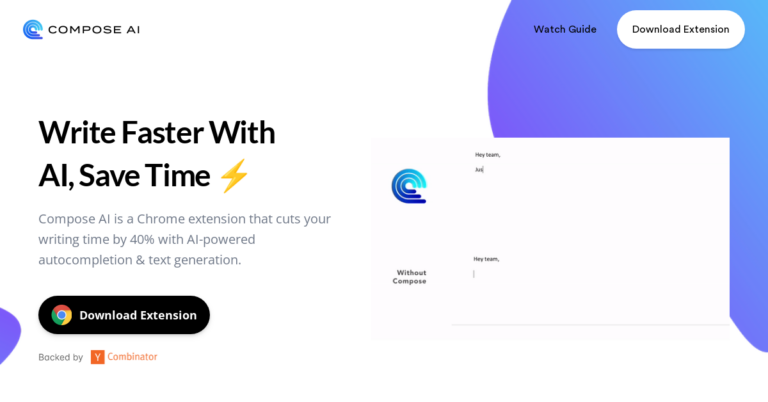Summary:
GPT-4, or the fourth generation of the Generative Pre-trained Transformer, is a new language model that promises to revolutionize natural language processing. This article provides top tips for optimizing the performance of GPT-4, including model selection, data preparation, and hyperparameter tuning. By following these tips, developers and researchers can unlock the potential of GPT-4 to generate more accurate and diverse language models.
Table of Contents:
-Introduction
-Model Selection
-Data Preparation
-Hyperparameter Tuning
-Recap
-Conclusion
Introduction:
GPT-4 is the fourth iteration of the Generative Pre-trained Transformer, a deep learning algorithm that has achieved remarkable success in natural language processing tasks. With its advanced architecture and vast training data, GPT-4 promises to generate more accurate and diverse language models than its predecessors. However, to unlock the full potential of GPT-4, developers and researchers need to optimize its performance through careful selection of models, data preparation, and hyperparameter tuning. In this article, we provide top tips for optimizing the performance of GPT-4.
Model Selection:
The first step in optimizing the performance of GPT-4 is to select the right model for the task at hand. GPT-4 comes in several models with different sizes and parameters, ranging from a few hundred million to several billion parameters. The larger models tend to perform better in more complex tasks, but they also require more computational resources and training data. Therefore, developers and researchers need to balance the performance requirements with the available resources and choose the model that best fits their needs.
Data Preparation:
The quality and quantity of training data are crucial factors in the performance of GPT-4. To generate accurate and diverse language models, GPT-4 requires a large and diverse dataset that covers a wide range of topics and domains. Moreover, the data should be preprocessed to remove noise and biases and to ensure consistency and quality. This includes tasks such as tokenization, normalization, and data augmentation. Developers and researchers should also consider using transfer learning techniques to fine-tune GPT-4 on specific domains or tasks, using smaller datasets.
Hyperparameter Tuning:
Hyperparameters are the configuration parameters that control the behavior and performance of GPT-4, such as the learning rate, batch size, and regularization. Tuning these parameters is crucial to optimize the performance of GPT-4, as they can affect the convergence speed, accuracy, and generalization of the model. Developers and researchers can use techniques such as grid search, random search, or Bayesian optimization to find the optimal hyperparameter values for their task. They should also consider using adaptive algorithms that adjust the hyperparameters during training, based on the performance and feedback of the model.
Recap:
In summary, optimizing the performance of GPT-4 requires careful selection of models, data preparation, and hyperparameter tuning. Developers and researchers should choose the right model size and parameters, prepare high-quality and diverse training data, and tune the hyperparameters to achieve the desired performance. By following these tips, they can unlock the potential of GPT-4 to generate accurate and diverse language models for various natural language processing tasks.
Conclusion:
GPT-4 is a powerful language model that promises to revolutionize natural language processing. To optimize its performance, developers and researchers should follow the top tips provided in this article, including model selection, data preparation, and hyperparameter tuning. By doing so, they can unlock the potential of GPT-4 to generate more accurate and diverse language models, and contribute to the advancement of natural language processing.
#Unlocking #Potential #GPT4 #Top #Tips #Optimizing #Performance


